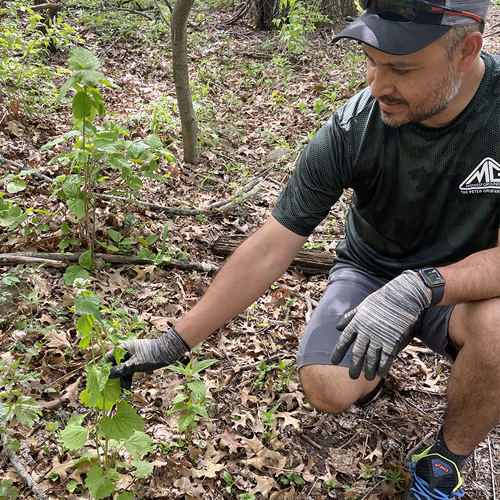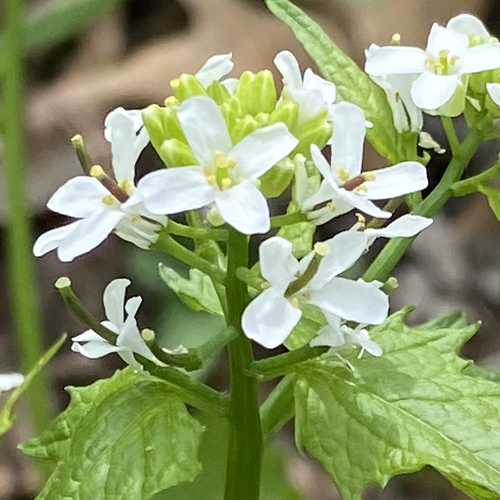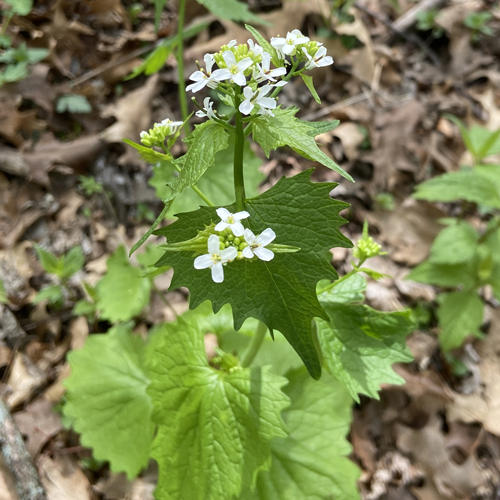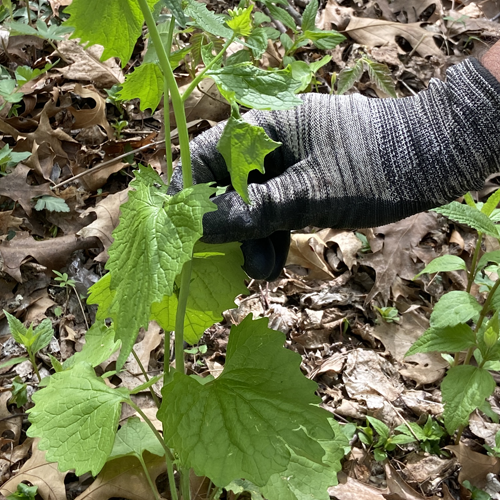Managing Invasive Species
Rooted Wisdom: Growing Native Plants with Enrique Rodriguez
Enrique Rodriguez is the Production Foreman at Midwest Natural Garden. He has been with the Midwest Companies since 1999. This article was compiled from insights and production practices shared by Enrique.
An essential element of protecting and supporting native plants is understanding the impact invasive species can have on a local ecosystem. If left unchecked, invasive species can quickly overtake native plant communities. They can outcompete native plants for resources such as water, nutrients, and sunlight. Invasives can also alter soil chemistry and structure, leading to a loss of biodiversity and a reduction in overall health and resilience of the ecosystem. They can disrupt natural pollination and seed dispersal systems and alter the physical structure of habitats. This disruption is detrimental to beneficial insects and wildlife who rely on these ecosystems for food and shelter.

For many years, the woodland areas on the outskirts of the Midwest Natural Garden were plagued by garlic mustard. It took many man hours and many long days to clear the grounds of the extensive infiltration. To ensure it doesn’t regain a foothold, Enrique and his team continuously monitor the grounds to prevent the garlic mustard from making a comeback. If you happen to visit the nursery around lunchtime, there’s a good chance you’ll find Enrique walking the woodland paths and pulling out garlic mustard that made its way over from neighboring properties.
The best way to get rid of garlic mustard is manually. May is an excellent time to eradicate garlic mustard because it is easily identifiable by its white blooms. The younger the plants, the easier they are to remove. Enrique simply pulls the garlic mustard and the roots follow. More established plants may require a little more force to get them out of the ground. Try to pull up the plants before they set seed, because the action of yanking the plant from the ground will spread the seed. A good time to pull garlic mustard is after it rains, when it’s easier to get all or most of the long tap root. After you have pulled the plants, bag them up and throw them out with your garbage; do not compost.



Like many invasive species, garlic mustard requires patience and persistence to get rid of. Left unchecked, it can gain a foothold in fields and forests by emerging earlier in the spring than many native plants. By the time native species are ready to grow, garlic mustard has blocked their sunlight and outcompeted them for moisture and vital nutrients. Much more than just an eyesore, invaders like garlic mustard can weaken the entire ecosystem by disrupting the understory of a forest and beneficial insects and species. Whether you’re maintaining a large woodland area or your own home garden, managing invasive species is key to a properly maintaining a healthy ecosystem.
Back To Blog
